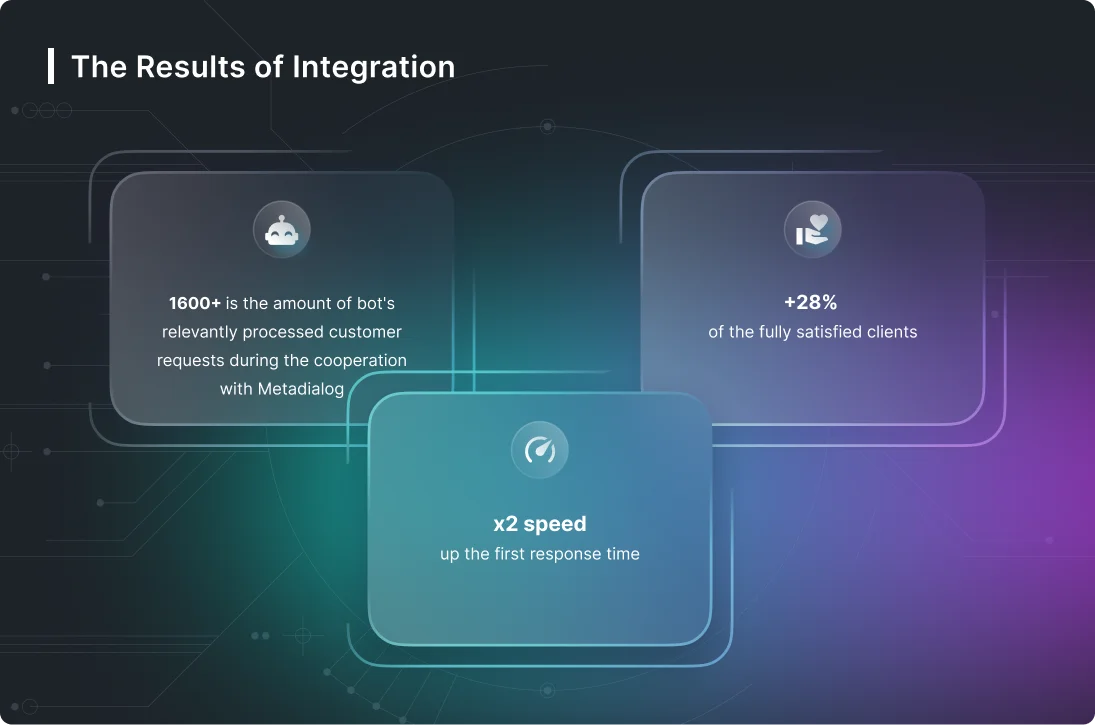07 Mag Image Recognition API, Computer Vision AI
Image recognition AI: from the early days of the technology to endless business applications today

Image classification is the task of classifying and assigning labels to groupings of images or vectors within an image, based on certain criteria. Image recognition is an integral part of the technology we use every day — from the facial recognition feature that unlocks smartphones to mobile check deposits on banking apps. It’s also commonly used in areas like medical imaging to identify tumors, broken bones and other aberrations, as well as in factories in order to detect defective products on the assembly line. Similarly, apps like Aipoly and Seeing AI employ AI-powered image recognition tools that help users find common objects, translate text into speech, describe scenes, and more. To submit a review, users must take and submit an accompanying photo of their pie. Any irregularities (or any images that don’t include a pizza) are then passed along for human review.
AI Can Re-create What You See from a Brain Scan – Scientific American
AI Can Re-create What You See from a Brain Scan.
Posted: Fri, 17 Mar 2023 07:00:00 GMT [source]
YOLO’s speed makes it a suitable choice for applications like video analysis and real-time surveillance. This usually requires a connection with the camera platform that is used to create the (real time) video images. This can be done via the live camera input feature that can connect to various video platforms via API.
Patient Facial Emotion Recognition and Sentiment Analysis Using Secure Cloud With Hardware Acceleration
But only in the 2010s have researchers managed to achieve high accuracy in solving image recognition tasks with deep convolutional neural networks. They started to train and deploy CNNs using graphics processing units (GPUs) that significantly accelerate complex neural network-based systems. The amount of training data – photos or videos – also increased because mobile phone cameras and digital cameras started developing fast and became affordable. Image recognition involves identifying and categorizing objects within digital images or videos. It uses artificial intelligence and machine learning algorithms to learn patterns and features in images to identify them accurately.
It can be used to detect emotions that patients exhibit during their stay in the hospital and analyze the data to determine how they are feeling. The results of the analysis may help to identify if patients need more attention in case they’re in pain or sad. Cognitec’s FaceVACS Engine enables users to develop new applications for face recognition. The engine is very versatile as it allows a clear and logical API for easy integration in other software programs.
Privacy concerns for image recognition
Python is an IT coding language, meant to program your computer devices in order to make them work the way you want them to work. One of the best things about Python is that it supports many different types of libraries, especially the ones working with Artificial Intelligence. Some accessible solutions exist for anybody who would like to get familiar with these techniques.
In the first layer, a 64×5 filter is used for convolution, and three stride ratios were used; this procedure used a 64×999 size feature map, and 64×1999 for 3000 sampled and 6000 sampled datasets, respectively. A max-pooling layer contains a kernel used for down sampling the input data. Feature maps from the convolutional layer are down sampled to a size determined by the size of the pooling kernel and the size of the pooling kernel’s stride. An activation function is then applied to the resulting image, and a bias is finally added to the output of the activation function. 3.9 illustrates an example max-pooling operation of applying a 2×2 kernel to a 4×4 image with a stride of 2 in both directions.
What is the difference between image recognition and object detection?
The algorithm reviews these data sets and learns what an image of a particular object looks like. It performs tasks such as image processing, image classification, object recognition, object segmentation, image coloring, image reconstruction, and image synthesis. After a certain training period, it is determined based on the test data whether the desired results have been achieved. Machine learning is a fundamental component of image recognition systems.
AI-based image recognition can be used to automate content filtering and moderation in various fields such as social media, e-commerce, and online forums. It can help to identify inappropriate, offensive or harmful content, such as hate speech, violence, and sexually explicit images, in a more efficient and accurate way than manual moderation. Optical Character Recognition (OCR) is the process of converting scanned images of text or handwriting into machine-readable text. AI-based OCR algorithms use machine learning to enable the recognition of characters and words in images. In a deep neural network, these ‘distinct features’ take the form of a structured set of numerical parameters. When presented with a new image, they can synthesise it to identify the face’s gender, age, ethnicity, expression, etc.
Facebook can identify your friend’s face with only a few tagged pictures. The efficacy of this technology depends on the ability to classify images. In fact, image recognition is classifying data into one category out of many. One common and an important example is optical character recognition (OCR). OCR converts images of typed or handwritten text into machine-encoded text.
This all changed as computer hardware rapidly evolved from the late eighties onwards. With costs dropping and processing power soaring, rudimentary algorithms and neural networks were developed that finally allowed AI to live up to early expectations. With Artificial Intelligence in image recognition, computer vision has become a technique that rarely exists in isolation.
How to Build an Image Recognition App with AI and Machine Learning
Read more about https://www.metadialog.com/ here.



Sorry, the comment form is closed at this time.